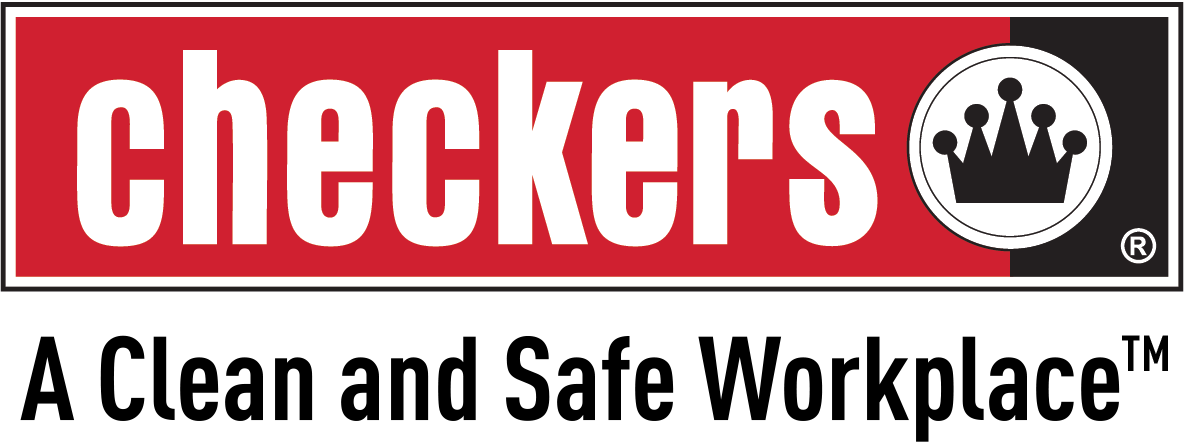
Types of Alcohol We Use In Our Products And Why (Part 1): Isopropanol
Types of Alcohol We Use In Our Products And Why (Part 1): Isopropanol
If you said the word ‘alcohol’ just a few years ago, it’s a good bet that most people in that era of high COVID-19 would think first of hand sanitizer and spraying or wiping down items before bringing them into the house. Of course, in the next breath, they might mention their favorite adult beverage. Most of us can identify the scent of alcohol when we smell it, whether it’s the kind we commonly sanitize with – isopropyl, or the kind we imbibe – ethanol (which can also be safely used as a sanitization ingredient. In this blog post, we’ll share some interesting information about isopropanol.
Chemically speaking, alcohol is an organic compound composed of at least one hydroxyl functional group (-OH) bound to a saturated carbon atom. There are dozens of alcohols, but the three common types are ethanol, methanol, and isopropyl (IPA). They are monohydric, or carry one -OH. While smell might give primary alcohols away, how they look certainly doesn’t help identify them. At room temperature, most are liquid and colorless, making them look no different than water. This is why it’s vitally important that any product containing alcohol, such as an IPA-based sanitizing solution, is labeled accurately and clearly. We made sure our product labels do, like our Isopropyl Rubbing Alcohol Compound, for example.

While methanol, ethanol, and isopropyl flow freely (much like water) and have a distinctive smell, higher alcohols with 4 to 10 carbon atoms are thicker, have a feel reminiscent of oil, and have an even stronger smell; 12 or more carbon atoms, and there’s a good chance the alcohol is solid at room temperature. Did you know there were solid alcohols? Clearly, from the chemistry perspective, alcohols can get very involved, so we’re just diving into (figuratively speaking, of course) isopropanol, because it’s one of two alcohols that we use in our superior cleaning products.
Isopropanol (Isopropyl Alcohol (IPA), “Rubbing Alcohol”)Not only is this alcohol – made of water and propylene – commonly used in the medical field for disinfection and sanitization, but it is also used on patients’ skin to cool them and as an antiseptic too. When combined with wintergreen oil (an analgesic), it was a popular massage liniment in the 1920s, leading to it being dubbed “rubbing alcohol”. Calling IPA “rubbing alcohol” was also an attempt during Prohibition to clarify the purpose of it. However, by 1925, some Americans unwisely began drinking it, as they were fed up with the law (and perhaps weren’t aware that alcohol for drinking was relatively easy to find, especially considering what Prohibition was supposed to do).Because IPA is so widely available, often there are bad tasting additives included in the product to, hopefully, discourage consumption by less…finnicky, shall we say…advanced non-teetotalers. Methyl salicylate (wintergreen oil) can be found in 70% IPA preparations, which gives the alcohol a somewhat more pleasant scent, turns the liquid green, and offers protection against accidental ingestion (should someone neglect to verify the identity of the liquid). It has a fast, high rate of evaporation, making it a perfect choice to clean electronics and to add to cosmetics so they dry on the skin faster.
While it might seem counterintuitive, because 91% or 99% isopropyl alcohol evaporates at such a fast rate, 70% solutions actually do a better job of sanitizing since they take longer to dissipate, leaving the IPA on surfaces for more time to do its job. During the height of the COVID-19 pandemic, many people experienced dry, cracked skin because they were using 90%+ to spray their hands, not understanding the importance of evaporation rate. They also didn’t realize that the dryness created could create cracks in the skin which would open a pathway for viruses, germs, and bacteria to enter the body.
Our products containing isopropyl alcohol are correctly saturated with the most effective percentage of isopropanol to maximize sanitization and disinfection. In our next blog article, we’ll look at the other alcohol we use in our products – ethanol.

